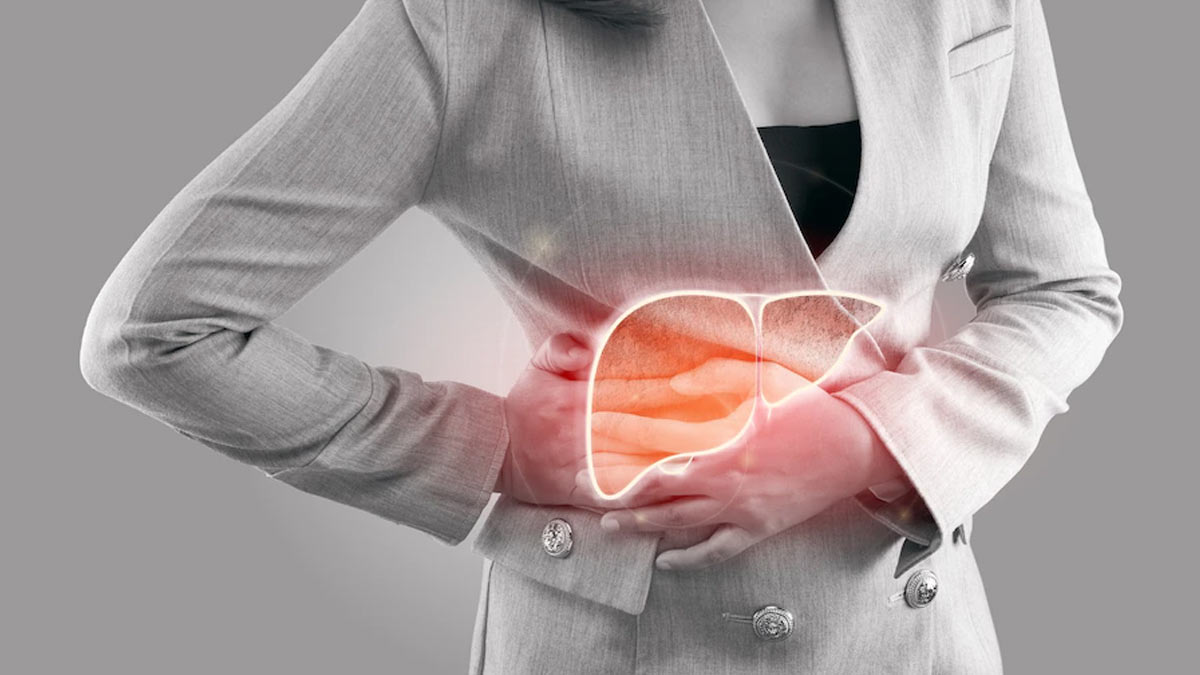
In non-alcoholic fatty liver disease (NAFLD) there is an excess accumulation of fat in the liver. Because the affected individuals consume little to no alcohol, the illness is not brought on by excessive alcohol use. In India, NAFLD affects around 28.2% of adults and 35.4% of children, making it a rather widespread issue.
NAFLD may not always be harmful, however, it can occasionally make the liver swell. This swelling may eventually result in liver scarring (cirrhosis) and the liver's ability to function declines with increased scarring.
The majority of individuals with NAFLD have no signs or issues. However, some people may show signs like right upper or centre abdominal pain, as well as fatigue occasionally.
What Causes NAFLD?
In an exclusive interaction with OnlyMyHealth editorial team, Dr. Peeyush Kumar, Associate Consultant, Gastroenterology and Hepatobiliary Sciences, Fortis Escorts, Okhla road, New Delhi explains that the precise cause of NAFLD is still not fully understood. However, a key factor in its development is insulin resistance. When your body doesn't react properly to insulin, you have insulin resistance, which makes it more difficult for your body to control your blood sugar and metabolism. NAFLD is a component of metabolic syndrome, which includes high blood pressure, diabetes or pre-diabetes, being overweight or obese, and having abnormally high levels of lipids in the blood.
How is NAFLD diagnosed?
Diagnosis is typically first assumed when an overweight or obese person is discovered to have minor liver test elevations (LFTs) or accidentally discovered on radiologic examinations like an abdominal ultrasound (USG) or CT scan.
The abnormal LFTs, abdominal USG scan and Fibro scan are typically used to make the diagnosis of NAFLD after ruling out other potential causes of liver injury. Rarely though, a doctor may arrange for a tiny sample (biopsy) to be taken from your liver if there is any question regarding the diagnosis. Under a microscope, this can be examined to determine the degree of fat content, inflammation, scarring, etc. in the liver.

Also read: Why and How Symptoms of Cardiovascular Diseases Differ In Men and Women
Is NAFLD Treatable?
Weight loss by lifestyle changes, with a focus on nutrition, exercise, and sleep, is the primary line of treatment for NAFLD.
Healthy choices that can support liver wellness include:
- Weight loss: The amount of fat in your liver can be decreased with a programme of moderate weight loss and regular exercise. Losing 3% to 10% of your total body weight can make a difference.
- Managing health conditions such as Diabetes and high blood pressure.
- Lowering blood cholesterol and triglyceride level
- Drinking alcohol should be avoided because it can make your liver more vulnerable.
Weight loss can be a daunting task, and patients who frequently interact with physicians, dieticians, and exercise therapists with knowledge in weight management usually have better outcomes. Setting goals, keeping track of progress, and offering rewards can all encourage a person to stick with the diet plan.
Outlook (Prognosis)
The condition does not progress beyond the simple fatty liver. Liver scarring and serious liver problems do not develop in most cases. The condition may reverse and even go away with weight loss (if you are overweight or obese) or with timely control of diabetes (if diabetic).







